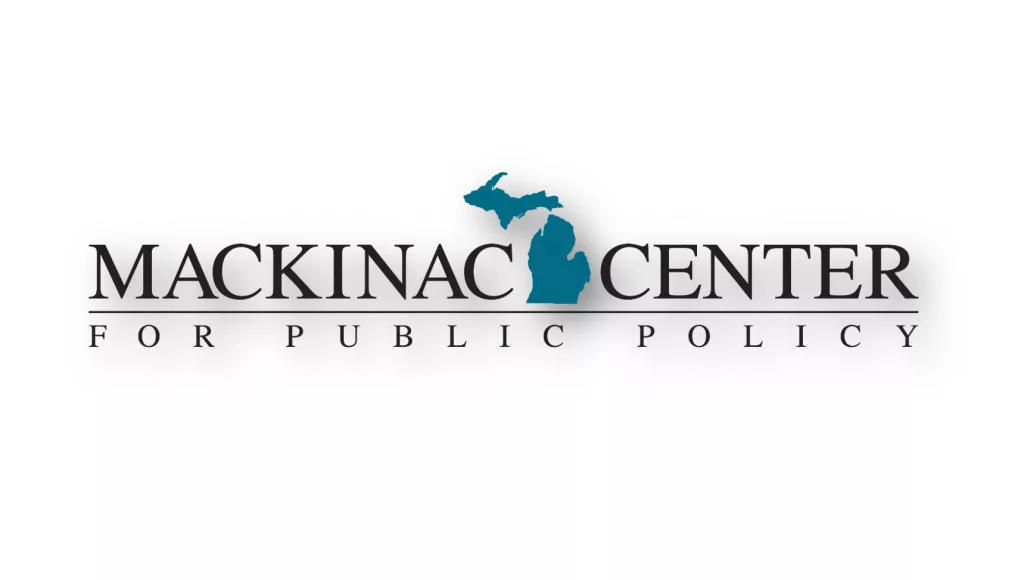Michigan should change the way it funds education by giving students a broad range of options toward success, according to a new report published today by the Mackinac Center for Public Policy. From School Aid to Student Aid: Modernizing K-12 Funding in Michigan examines the shortcomings with the current funding approach and offers alternatives that prioritize student needs.
School districts’ primary funding source is the foundation allowance, a state guarantee tied to the latest enrollment counts. But districts also receive a combination of additional funds from state categorical grants, local taxes and federal allocations. The share of total revenues collected from the foundation allowance has dropped from 70% in 2008 to 63% in 2020.
These funding formulas create additional disparities between conventional public schools and charter schools. Conventional districts, on average, took in $13,365 in revenue for each student enrolled in 2020, compared with $10,242 for charter schools.
Although public school funding in Michigan has reached record levels, many parents aren’t seeing improved results. Throwing more money on the problem has not been shown to remedy the abysmal performance results.
As enrollment continues to decline, the state should enhance its funding model to ensure more funding prioritizes students over school buildings and bureaucratic agencies. In addition to specific recommendations, this report outlines three key principles for policymakers to consider as they update Michigan’s K-12 funding:
Student-Based: Dollars should be distributed more fairly based on individual student needs, funded at equivalent levels regardless of the chosen educational setting.
Efficient: Schools should be given greater incentive to use both existing resources and new funding streams effectively.
Transparent: In a student-based, choice-driven funding system, it’s important to see the outcomes that are linked to available resources and spending decisions. That type of transparency better enables informed decision-making by parents in partnership with educators.
“Schools and districts exist as institutions to serve children, not the other way around,” said Ben DeGrow, director of education policy at the Mackinac Center. “By adopting this series of funding changes, Michigan can provide the kind of dynamic student aid that sets the right priorities for the next generation of teaching and learniing.
Learn more at:






